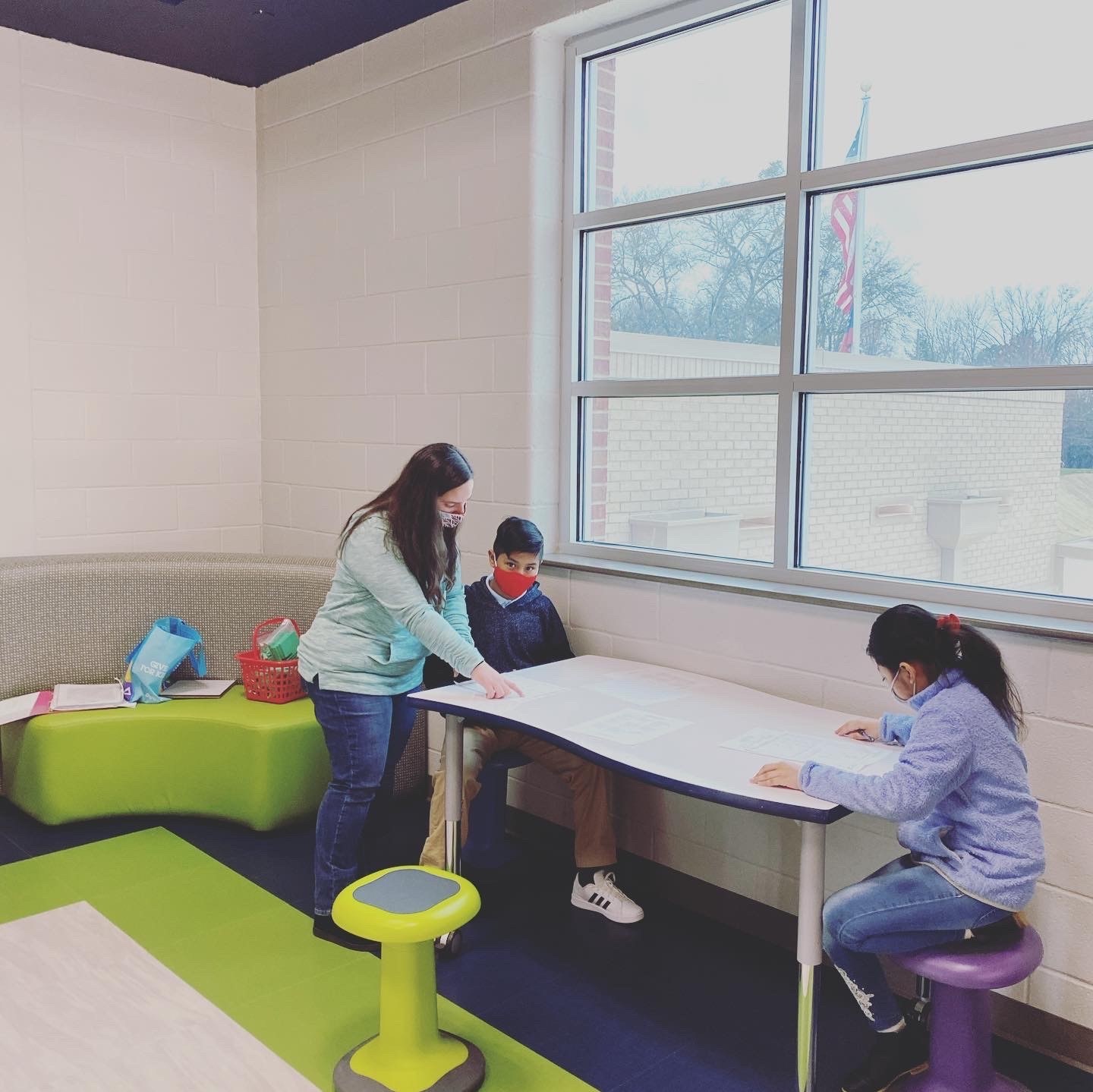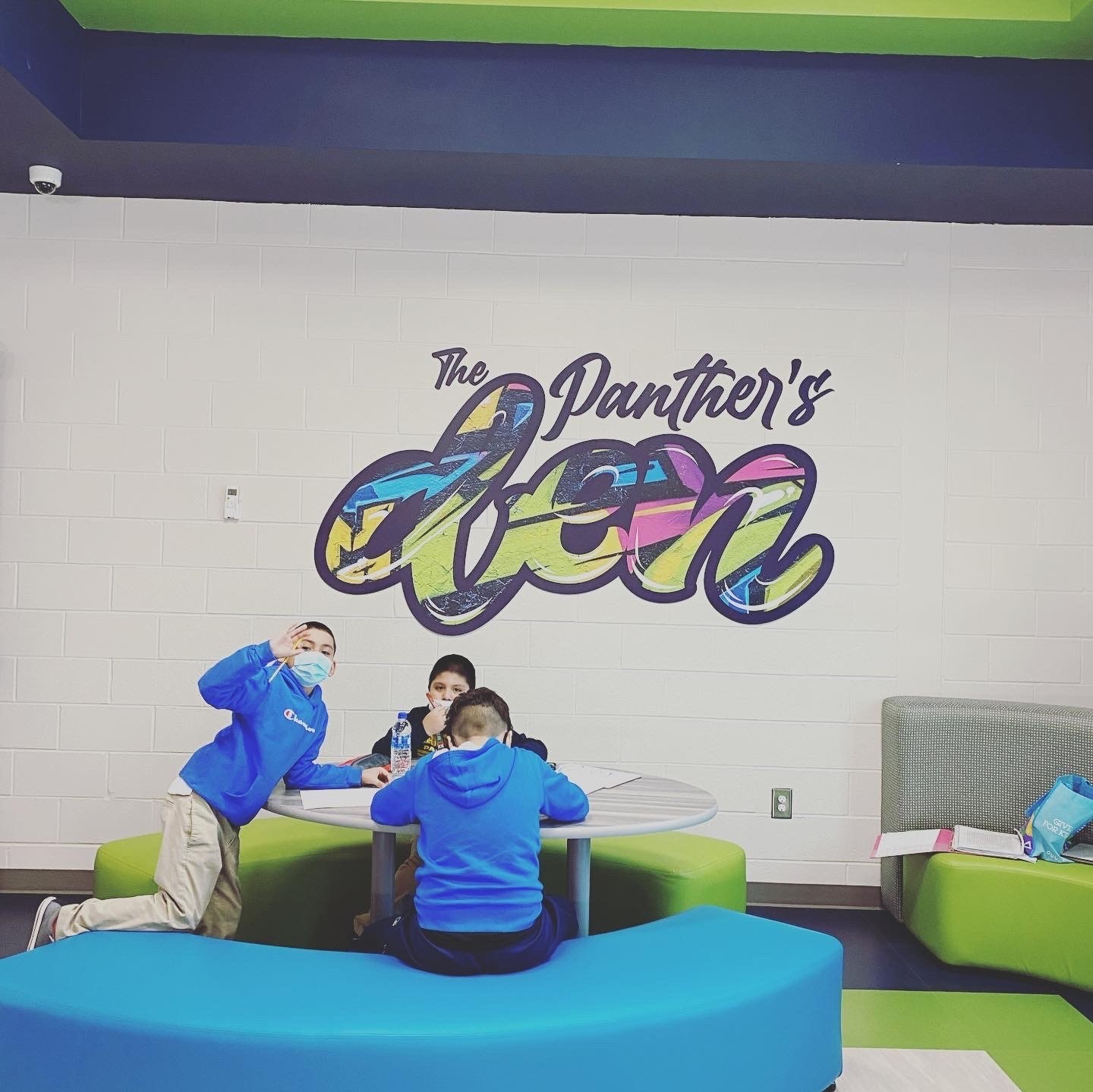How Teachers can Involve Students as Co-Designers of their Classroom
By Academia Furniture
Posted August 18, 2021 in Learning Environments
How Teachers can Involve Students as Co-Designers of their Classroom
Nothing like the smiling face of a child! Kids love variety, they love exerting control over their environment by choosing where to sit (chair, active seating stool, soft seating couch), and they love color.
Including students in the classroom design from the very beginning can capture their ideas and needs, which in turn, can create the best spaces for them. Follow these few simple guides as suggested in “The Space: A Guide for Educators” by Dr. Robert Dillon to include children in the K-12 classroom design process:
- Brainstorming Stage
Ideally, involving students in the brainstorming session to get their ideas about how the classroom should be designed and set up, can be extremely beneficial for students. Teachers can lead the discussion and write down students’ ideas as well as compiling visuals. Find out their understanding of the current space, discuss ideas they have seen elsewhere outside of school, and have them explore their vision. Allowing the students to submit images of spaces that inspire them gives them the opportunity to re-imagine school and their learning environment in a new way. Discussing these images with the language of flexible, creative, collaborative, fun, supportive, etc. can help students develop the language needed to explain their needs in the K-12 classroom and the creativity needed to find ways to meet their needs with their own unique ideas.

- The Classroom Design Phase
The next step in the process would be to show students a visual depiction of their multiple ideas along with some materials, furniture choices, and layouts. The teacher can ask students to reflect on what they have seen, and what might be missing or need to be changed. It is essential for students to have at least 1/3 of creative control, which is established in the design phase. Usually this means a say in the art, furniture choices, painting colors on the walls, furniture layouts etc.

- Installation & Ownership
The last step can be really fun and collaborative. Let the students help set up the classroom space, open boxes, build, and hang up art work. Have them name the areas in the space, if they chose to create different sections within the classroom. It’s important to be flexible – K-12 furniture should allow for multiple configurations. Ask the students for feedback - what is working and what is not working. Make anonymous questionnaires for honest constructive feedback. Keep adjusting the space based on students’ feedback.
By including the students in the classroom design process, they will have a unique experience in creating an optimal learning environment for themselves and their peers. When a student has a sense of ownership in their space, they feel accomplished and proud to be a part of creating their environment for their peers and other students in the future, and this influences how they interact in this environment daily.
References:
